
T his is a book I bought a year ago. As to its contents, it is a study of the English satrical print between 1780 and 1830. I'll leave the rest to someone who gets paid to be a reviewer. It was out in paperback as recently as September 2007 and here is the Amazon page. All I will put up here by way of recommendation is to note that the sixth chapter is titled 'Bums, farts and other transgressions'
As a lover of everything to do with the eighteenth century, this is a book I would have picked up anyway (as I did unseen by mail order), but two things about it pleased me greatly. The first was to find it addressing an idea that I dabbled with myself in my aborted book, The History Of Humour (of which three chapters appeared in serial form). The idea that there is a history of any given subject is not one that should be taken for granted. In fact the idea of history itself had to be invented, as explained in The gift of the Jews ('How a tribe of desert nomads changed the way everyone thinks and feels') by Thomas Cahill.
Here is a paragraph from Gatrell's introduction:
"By focusing on casts of mind that were satirical, sardonic or ironic, as well as on some more genial forms of humorous expression, the book offers a history of humour and laughter. Attention to so large and loose a subject must break new and difficult ground, for there isn't much previous research to build on. It is lucky for laughter that most historians prefer to write histories of misery, pain and woe, since nothing so kills laughter as analysing it. Yet humour is as plausibly a historian's subject as any other, and it allows us to say new and important things. As the Aristotelian formula put it, man is the only animal that laughs (and weeps and blushes) because man alone can see the difference between how things are and how they ought to be. In other words, the reflex of laughter is controlled by mental processes; and mental proceses have histories. The subjects that people think it appropriate to laugh at; what kinds of people laugh; how cruelly, mockingly, or sardonically they laugh (or how sympathetically and generously); and how far they permit others to laugh- all vary with time, sex, class, place, and culture. And since these questions have always been regulated by moralists, laughter has always been central to the processes by which Western manners have been disciplined over the centuries. For all these reasons, studying laughter can take us to the heart of a generation's shifting attitudes, sensibilities and anxieties just as surely as the study of misery, politics, faith or art can. Indeed, the art forms which shape this book, whose purpose was to provoke amusement at others' expense, are perfectly contrived to lead us to past mentalities along routes as yet hardly explored."The other thing is that the cover shows, not a detail from one of the satirical prints that the book is all about, but a reproduction of a paintng by John Hamilton Mortimer (1740-1779). He was an artist in the neoclassical idiom, and of portraits and 'conversation pieces'. But he also made a couple of large scale caricature groups, and did this kind of thing so well that presumably he must have made a lot more of it than I have seen. But then all the accomplished portraitists of the time dabbled in the new fashion of 'caricatura.' William Hogarth was a traditionalist and he resisted and protested against this Italian import,
"caracatura is...divested of every stroke that hath a tendency to good drawing...for the early scrawlings of a Child which do but barely hint at an idea of an human face will always be found to be like some person or other... etc"which is one of the reasons I have a problem with the precise way Hogarth's importance is measured by the 'comics' intelligentsia. "Hogarth... consolidated the graphic experiments of earlier prints and established a complex language of graphic devices that artists have borrowed from ever since," it says in a footnote in Masters of American Comics. This is bogus history writing. It suggests a template that had to be filled, and Hogarth was the square peg that the writer wanted in the round hole (in order to create the fiction of a long and noble continuous art of drawing in sequences). Much as the artworld now elevates him high over his contemporaries, historiographically Hogarth is a point of discontinuity. The interests of art at that time (of Hogarth's late years) went off in another direction entirely, and Mortimer in his serious art was very much of his time. But there is something about the immediacy and spontaneity of inspired humour that can allow it to stand outside of the fashions and constrictions of time. It could be said that Mortimer's caricatures appear very twentieth century (sic). The first of the enlarged details below could almost be a humorous sketch of Rowan Atkinson for the tv guide.




Labels: 18th century, caricature
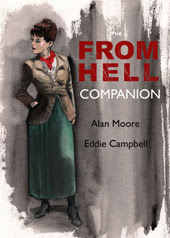


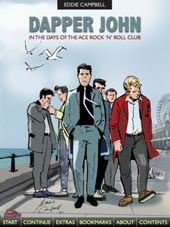
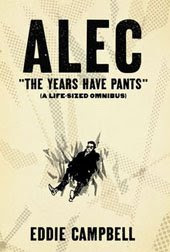
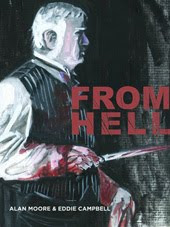
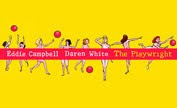
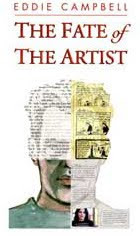
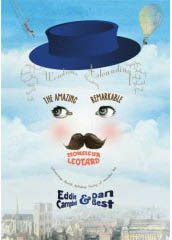





8 Comments:
Mortimer's work looks remarkably similar to our excellent contemporary, Paul Slater. (Check out his American Gotham.) It wouldn't surprise me if he's familiar with these paintings.
"As a lover of everything to do with the eighteenth century"
Really? Here you go.
Andrei,
yes I had noticed you'd done that. I thought i was alone in my enthusiasm. I'll get a copy.
Eddie
Wow--before reading the post I was scrolling up from the bottom and assumed those were details from a new painting done for the cover: very contemporary.
Analysing humour can be very deadening. I read an Oxford Uni Press book called 'On Humour', analysing the psychology of it, and it was a deeply unfunny book. Even the example jokes used were deeply unfunny. A wasted opportunity.
that would be Simon Critchley's book.
I don't remember reading it, but I've marked and underlined things all the way through it, so i must have done, presumably when I was researching the 'history of Humour.'
Thanks, Eddie. If you do try to read it, let me just say I'm particularly happy with the last two chapters--this in case you think it's slow-going earlier on. The show is still up at the Getty in LA, until May 4. It was pretty amazing seeing all those pictures gathered together on the walls after previously they had been together only in my imagination and in my xeroxed* illustrations.
(*I'm talking about my manuscript. Don't worry, the book has high-quality reproductions.)
It would be interesting to see how eighteenth-century afficionados got into it. In my case it was being a sophomore in college, reading Kundera praising Diderot's "Jacques the Fatalist." That led to "Tristram Shandy," and I was totally hooked. On the other hand it was Piranesi, discovered in the Dover editions at about the same time, then Fragonard--whom for the life of me I can't remember how I discovered. I just remember being blown away by this painting of a bull in a shed, the bull being half in the light, half in the shadow. That's the kind of painting that, if I had to write about, I simply wouldn't know what to say. It's just a bull in a shed, and talking about, oh, I don't know, the social history of animal portraiture in eighteenth-century France seems kind of beside the point.
These blowups remind me of nothing so much as the sketches used for the opening and closing credits of Yes, Minister. Especially the second from the bottom.
Holey Moley, caricature from the 18th Century is so much better than anything I have seen. I will be on the lookout for that book.
Post a Comment
Subscribe to Post Comments [Atom]
<< Home